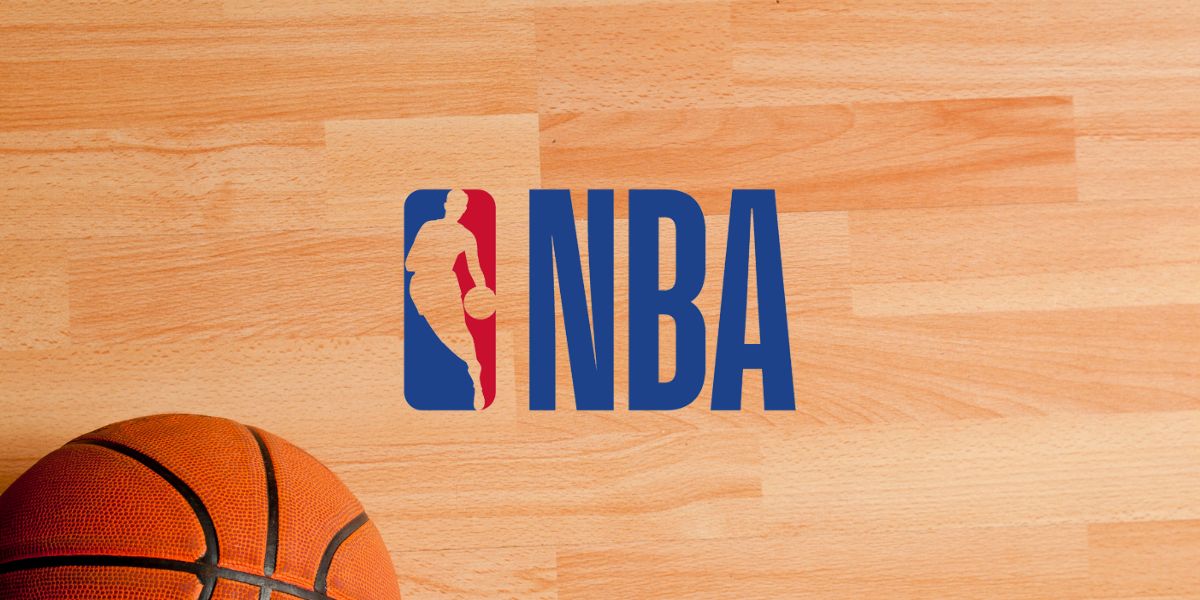The NBA Popularity Problem: More Than Just an NBA Issue

Is the NBA Facing a Popularity Crisis?
As we enter February, the NBA All-Star break looms right around the corner, traditionally a time to celebrate the league's best players and their accomplishments. However, instead of focusing on standout performances, much of the current discourse on radio, television, and online debates centers around a pressing question: Does the NBA have a popularity problem?
Yahoo Sports writer Ben Rohrbach argues that the league is thriving, suggesting that negativity comes from a vocal minority. While there’s merit to that view, it's hard to ignore the growing discontent among fans. In fact, the NBA's issues seem to ripple beyond its own borders, affecting other levels of basketball in the U.S.
What’s Causing the NBA’s Decline in Interest?
I've heard, and personally felt, a variety of complaints about today's NBA—some more valid than others:
-
Too Many Games: The regular season feels excessive, diluting the importance of individual matchups.
-
The NBA Cup Confusion: Adding a mid-season tournament complicates an already packed schedule.
-
Lack of Defense: Games often resemble offensive showcases with minimal defensive intensity.
-
Analytics Overload: The emphasis on data-driven strategies has led to monotonous, three-point-heavy offenses.
-
Player Load Management: Frequent rest days for star players frustrate fans who pay premium prices to see them live.
-
Diminished Regular Season Importance: Many fans believe the NBA doesn't get truly exciting until the playoffs.
-
International vs. American Stars: Some feel European players receive more promotion than their American counterparts.
While opinions vary, these concerns collectively contribute to a growing sentiment that something feels "off" with the NBA experience.
The Rise of Analytics and the Death of the Midrange Game
At the heart of my own frustration lies the analytics-driven style of offense that dominates the league today. The strategic focus on maximizing efficiency has led to an overreliance on three-point shots and layups, pushing the once-vital midrange game to near extinction.
Consider this:
-
Players routinely pull up for three-pointers on fast breaks.
-
Instead of making smart passes, some barrel into defenders, hoping to draw fouls.
-
The art of midrange jumpers, post moves, and varied offensive sets feels like a relic of the past.
As someone who grew up watching the NBA in the '90s and early 2000s—an era rich with athleticism, skill, and fundamentals—it’s disheartening to witness the game’s evolution into what often feels like a math problem rather than a sport.
The Ripple Effect on College and Youth Basketball
Regardless of its flaws, the NBA remains one of the most influential sports leagues globally. Naturally, the style of play showcased at the highest level trickles down to lower tiers:
-
NCAA Basketball: With the rise of NIL deals and the transfer portal, college players seek systems that mirror the NBA, prioritizing three-point shots and fast-paced offense over traditional fundamentals.
-
High School & AAU: Young athletes and coaches adopt NBA trends, focusing more on long-range shooting and individual highlights than team-oriented play.
This creates a domino effect: as the NBA shifts its style, the entire American basketball ecosystem follows suit. Over time, this could lead to a generation of players less skilled in the diverse aspects of the game.
What Else Does it Affect?
The fact is, regardless of its issues, the NBA is one of the most popular sports leagues in the world. For better or for worse, the way the game is played in the top professional league on the planet is going to be copied by those that want to play in it. As the NBA game has changed, NCAA basketball has changed as well. In the world of NIL and the transfer portal, college players are moving around more than ever in search of a program that will feature them in a system that will prepare them for the fastest entry to the NBA.
For a data-driven look at how NBA teams are performing within this evolving landscape, check out the NBA rankings on Versus Sports Simulator. It’s a great way to see how team performance aligns with these modern trends.
As such, we’ve seen more and more college basketball programs move towards NBA-style systems.
Conclusion: Can the NBA Fix This Problem?
While the NBA remains wildly popular, it's clear that analytics-driven offenses have sacrificed fundamental basketball principles. This isn't just an NBA issue anymore; it's an American basketball problem. To preserve the sport's rich heritage, change must start from the top.
The question is: Will the NBA recognize this and adapt? Or will it continue down a path that, while statistically efficient, risks alienating fans who long for the game's lost artistry?
Please note that some links in this article may be sponsored or contain affiliate content.
